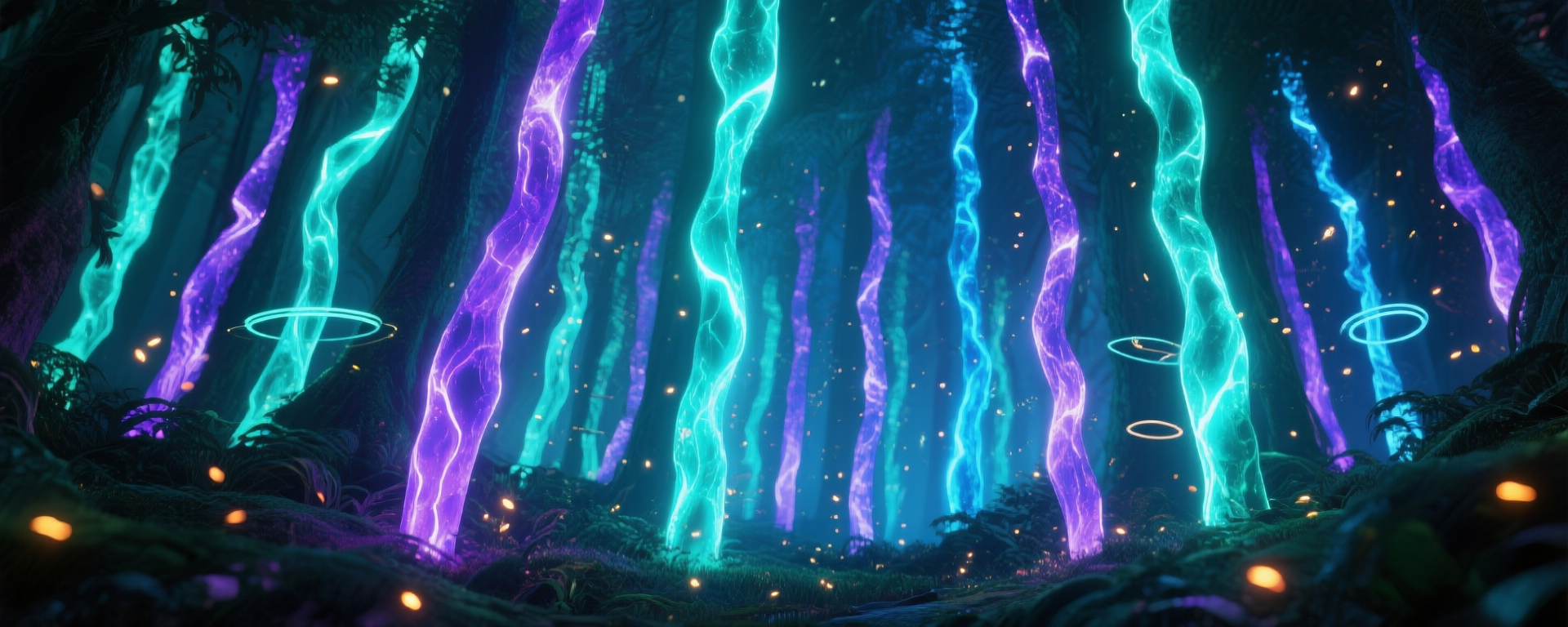
When Newton's Third Law Breaks
In driven dusty plasma systems, forces can be nonreciprocal— the force from particle i→j ≠ j→i. AI analysis of experimental data revealed this hidden physics, challenging our fundamental understanding of particle interactions.
Key Discovery Points
Traditional Expectation
Newton's third law says forces are always reciprocal (i→j = j→i)
Reality in Dusty Plasma
Ion flows and wakes create asymmetric force environments
AI Verification
Physics-informed ML confirmed nonreciprocal interactions from experimental data
Published Evidence
PNAS 2025 paper provides direct experimental proof
Physics Concepts
Nonreciprocity
Force from particle i→j ≠ force from j→i
Verified in experimental ML force inference (PNAS 2025)
Ion-Wake Effects
Flow-induced positive charge region below grains
Explains attractive components and screening shifts
Driven Systems
External forces break equilibrium symmetries
Background flows, electric fields, magnetic confinement
How Nonreciprocal Forces Arise
When charged dust particles drift through plasma, a series of physical processes break the symmetry of particle interactions:
Ions Are Attracted
Negatively charged dust particles attract positive ions from the surrounding plasma
Flow Creates Asymmetry
Background plasma flow causes more ions to collect downstream of each particle
Wake Region Forms
A positive charge shadow (wake) develops behind each particle
Asymmetric Interactions
Neighboring particles experience different forces depending on relative position
Breaking Newton's Third Law?
Not exactly. The third law still holds for the complete system (particles + plasma), but when we focus only on particle-particle forces, we see apparent nonreciprocity because:
The plasma medium mediates interactions
Background flows break spatial symmetries
Energy is continuously supplied to maintain nonequilibrium
Experimental Evidence
The 2025 PNAS study used cutting-edge methods to directly observe nonreciprocal forces:
High-Speed 3D Tracking
Laboratory dusty plasma particles tracked in three dimensions
Physics-Informed Neural Networks
ML models constrained by physical laws to infer inter-particle forces
Direct Force Measurement
R² > 0.99 accuracy in force prediction from particle motion
Statistical Verification
Robust confirmation of nonreciprocal force components
Why This Matters
Plasma Processing
Better control of particle behavior in semiconductor manufacturing
Space Physics
Understanding dynamics in planetary rings and dust environments
Materials Science
Novel self-assembly mechanisms for advanced materials
Connection to Other Discoveries
Nonreciprocal forces are part of a broader pattern where AI revealed our simplified models were incomplete:
Sources
Primary research: Yu et al. (2025). "Physics-tailored machine learning reveals unexpected physics in dusty plasmas." PNAS 122(31): e2505725122.